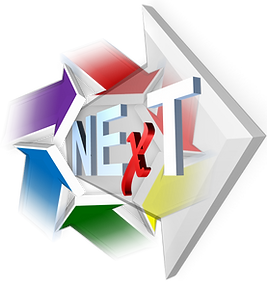Learning
Experiential
Interactive
Formal
Stage
Education is what remains after one has forgotten what one has learned in school.
An effective learning process can empower and guide your development journey. There are many approaches to learning: types, styles and experience.
A Blended Learning approach combines learning options, techniques and platforms.
3 Blended Learning principles:

The 70:20:10 Model is a Learning and Development formula that optimizes the 'learning experience' with formal, non-formal and experiential techniques. This formula utilizes 3 types of development experience: 70% challenging assignments, 20% developmental relationships, and 10% formal education.
How do you 'Learn Best'?
Blended Learning is an education system that combine formal, non-formal and experiential techniques. This process is built on three major principles: Improve Skill Gaps, Plan Execution, and Ongoing Development.
A Best Practice Platform.
Training Models are success formulas on to themselves. A model is a system that has proven success, and is available to copy in order to achieve similar results. Training Models address everything: Soft Skills—Behavior, Culture, Leadership; and Technical Skills—Process, Performance, Quality.
Understanding how a training models works and fits your situation--contextually, culturally, capability maturity,
Formal training is often not enough to obtain the intended outcome. Performance Support Tools are an extension of training, to supplement and enrich the learning experience. Integrating learning resources, that fit individual needs, can greatly contribute to meeting required standards, raise proficiency, and develop mastery.


